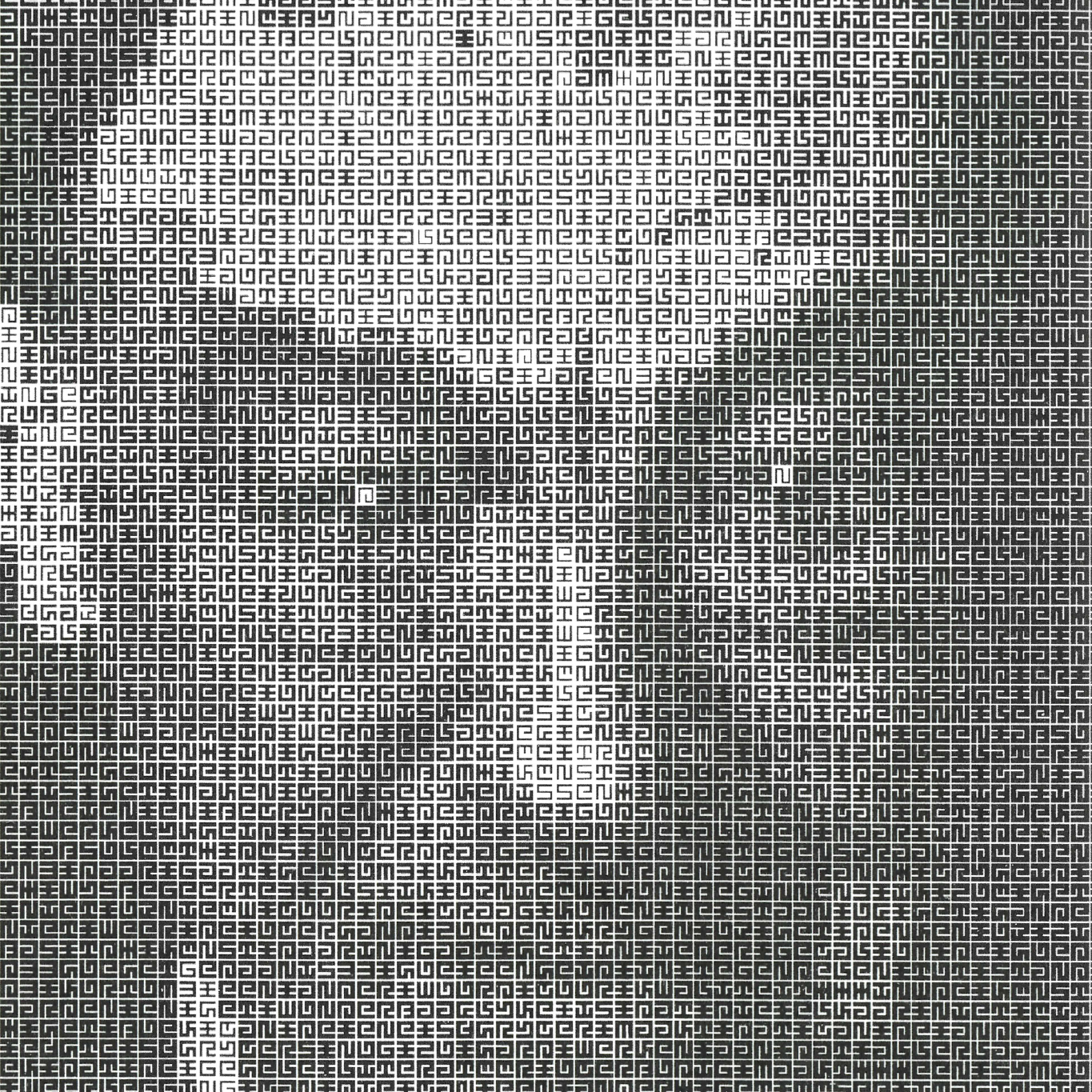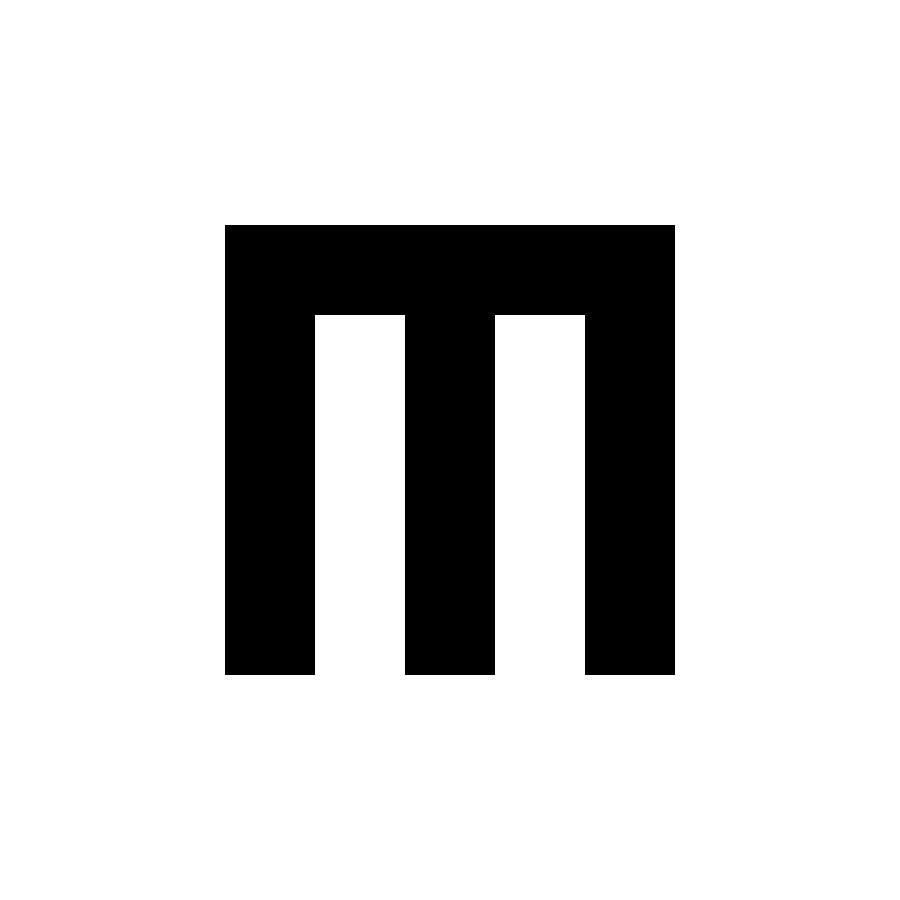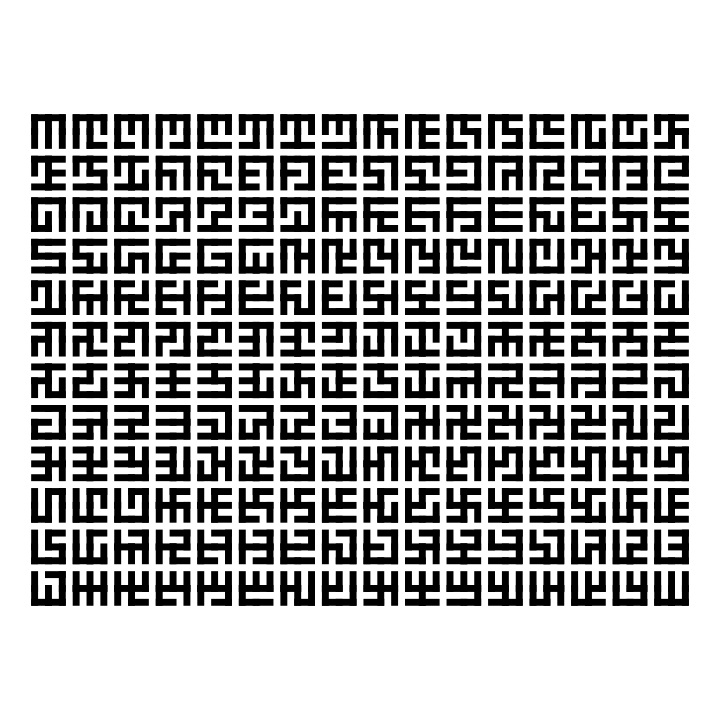Schrofer’s illegible alphabet (2018)

Jurriaan Schrofer was well-known for his many ornamental constructed alphabets. One of the designs he used, in a number of variations, was his so-called ‘illegible alphabet’. The image above is a portrait of Schrofer built out of his alphabet created by designers at Total Design, where he worked in the mid- to late 1970s. (Reproduced in Frederike Huygen’s Jurriaan Schrofer 1926–1990, 2014.)




(The above images are reproduced in Unit Editions’s 2013 Jurriaan Schrofer: Restless Typographer, ed. Frederike Huygen.)

Animation of the 192 permutations of the design space of the illegible alphabet. Schrofer described the space as a grid of 12 segments; each glyph needed to use eight of the segments and not enclose any space. A more mathematical way to describe the space is as a graph with nine nodes and twelve edges. Each valid glyph is an acyclic connected subset of the main graph that contains all nine nodes. I had to educate myself about graphs on the fly to work that out—and it turns out to be good for something more than impressing people at parties, because the most efficent way to write code to generate these shapes relies on graphing.
(Schrofer himself thought there were 196 valid permutations, but he miscounted.)
(Schrofer himself thought there were 196 valid permutations, but he miscounted.)

Above, all 192 of the valid glyphs in Schrofer’s design space.
 Above, the 36 shapes Schrofer chose for his alphabet (actually, 31, since five of them do double duty). The animation shows the ambiguity of the positive and negative space in the glyph design—as the weight changes, a glyph might be defined more by one or the other.
Above, the 36 shapes Schrofer chose for his alphabet (actually, 31, since five of them do double duty). The animation shows the ambiguity of the positive and negative space in the glyph design—as the weight changes, a glyph might be defined more by one or the other.

(left) Page from Schrofer’s Letters op maat (1987) describing his process for the design of the alphabet. He suggests the plan for the script was entirely one of finding glyphs in the design space from the start, but sketches from around 1970 (right) show that the process also involved making glyphs out of the space—in other words, starting with an idea of what the letters should look like and working in a more conventional manner. Still, the design qualifies as a fully modular script. (Page from Schrofer sketches, ed. Frederike Huygen, 2015)
Animations and stills made in Python with DrawBot.
